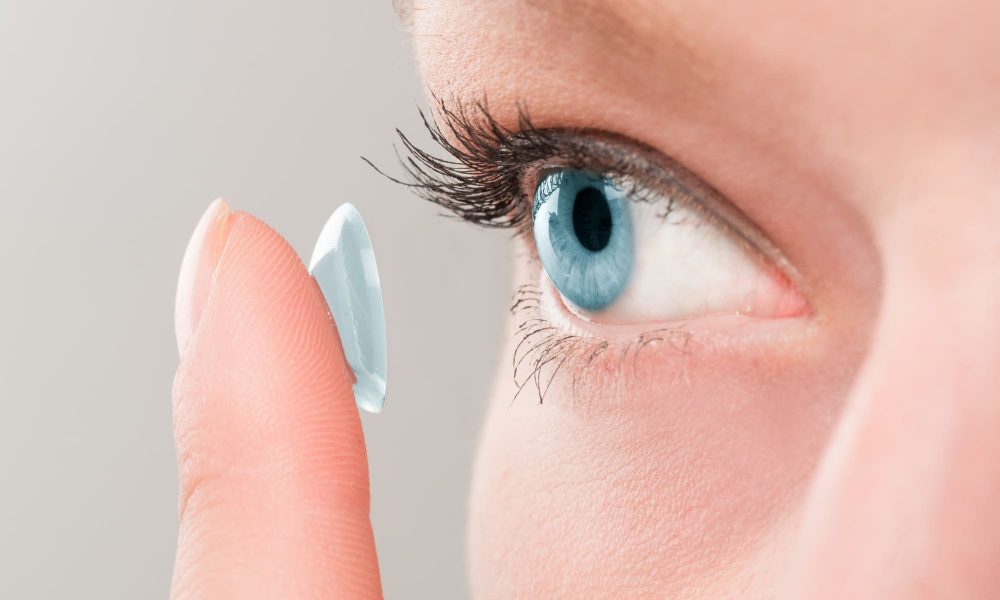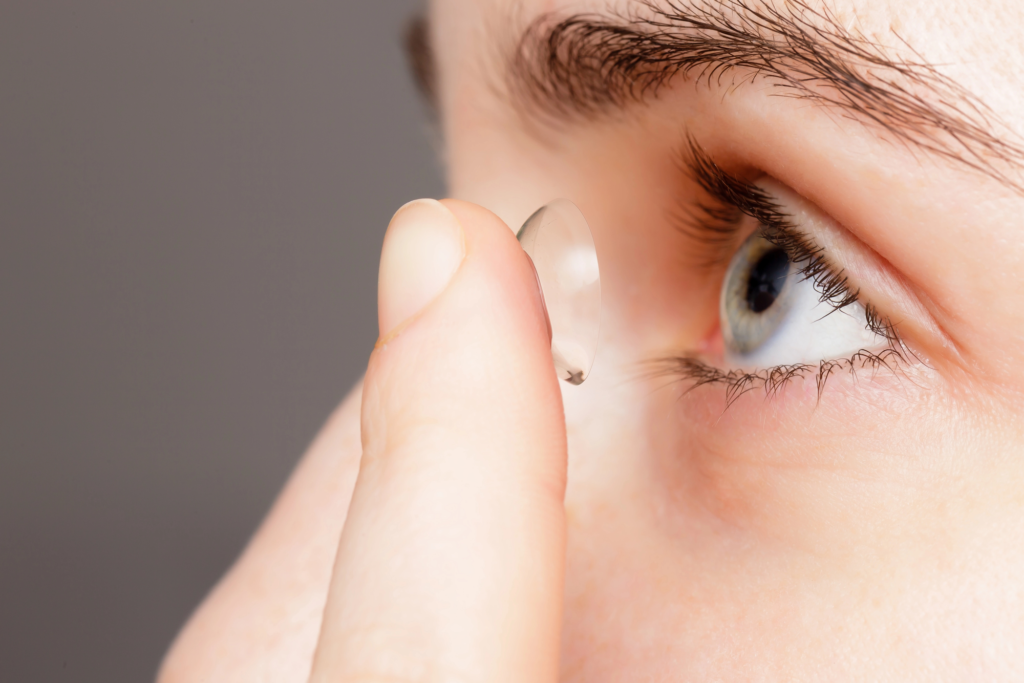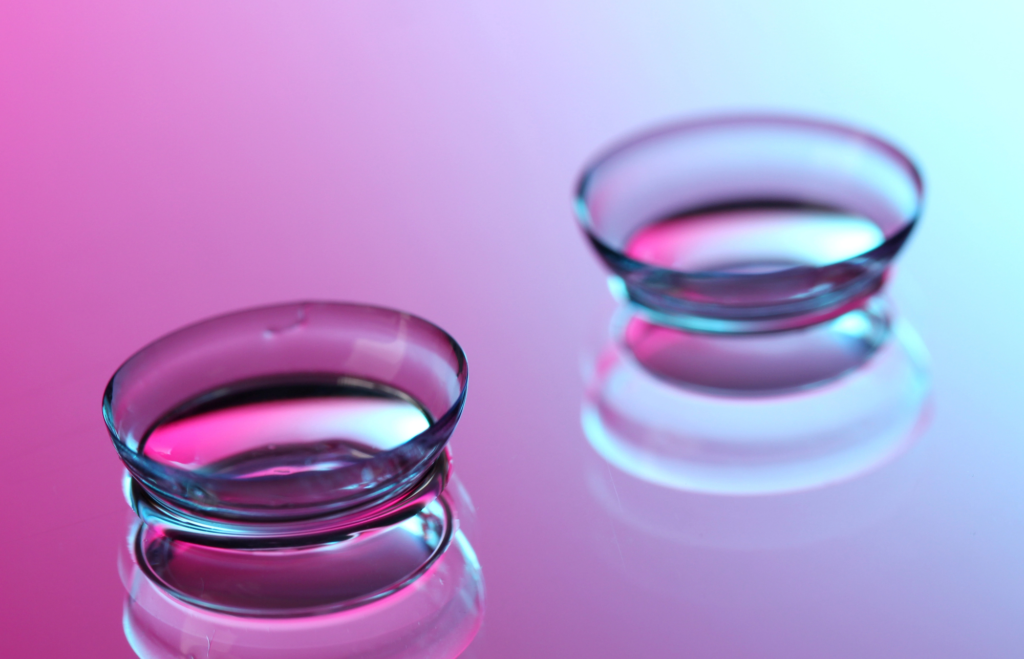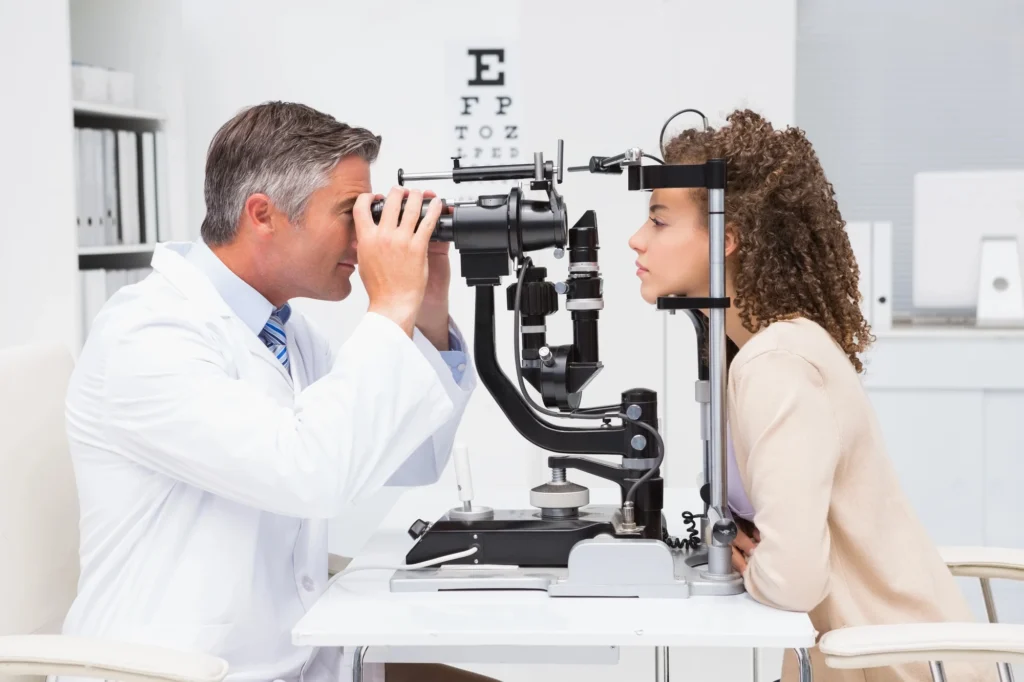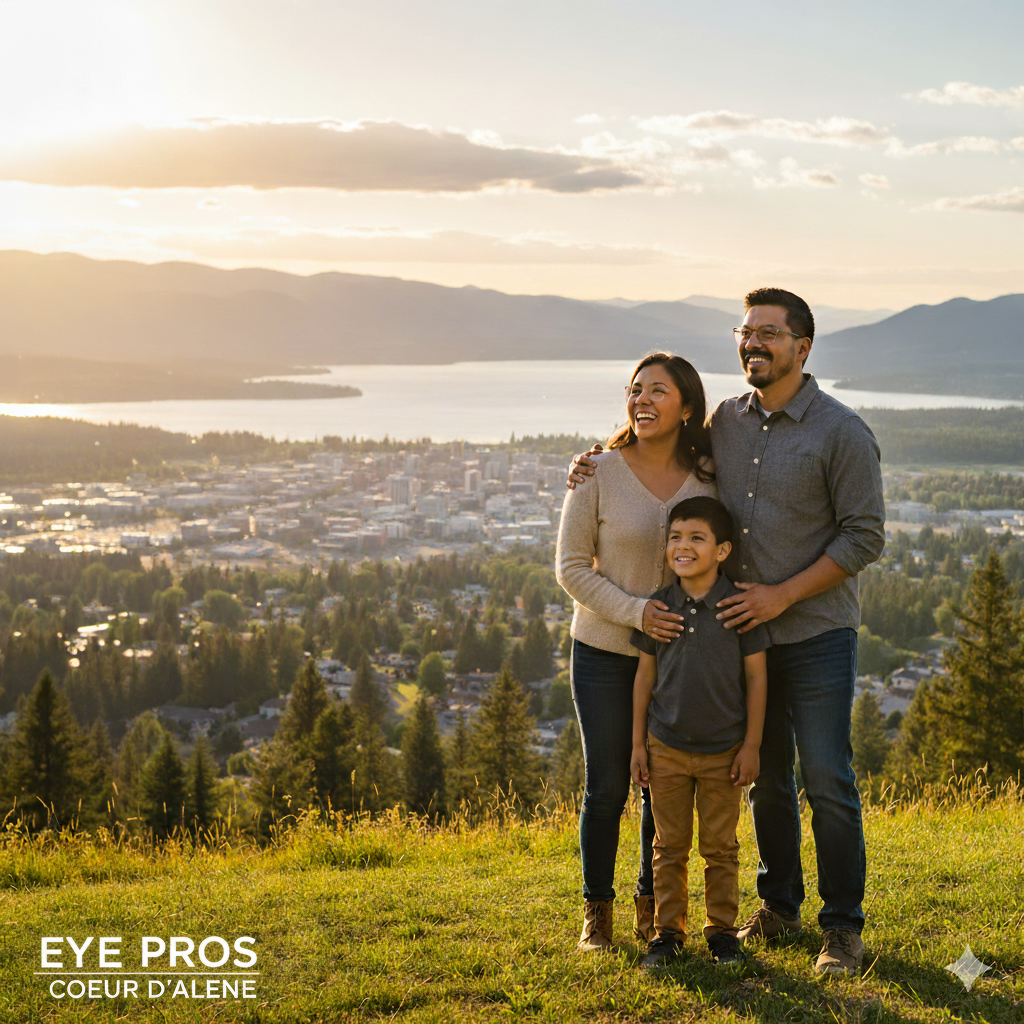Around 45 million people in the United States wear contact lenses, according to estimates. The majority of people who wear contact lenses are female (two-thirds of wearers), while the average age of contact lens wearers is 31 years old.
People prefer contact lenses because they improve vision without affecting appearance or interfering with activities, unlike glasses.
If you are planning to buy contact lenses, there are a number of things you should first consider. In this blog post, we will take a closer look at what you need to know when choosing contact lenses.
This includes choosing between soft and rigid contact lenses and assessing your eye care needs.
Start this guide to contact lenses with us.
Understanding Soft Contact Lenses
In the United States, approximately 90% of contact lens wearers choose soft contact lenses, underscoring their immense popularity.
People favor these lenses for their comfort, flexibility, and easier adjustment compared to rigid gas permeable lenses.With a variety of soft contact lens types available, it’s easy to find a fit that meets specific vision needs and lifestyle preferences.
Popular Soft Contact Lens Types:
- Extended Wear Contact Lenses: These lenses are designed for continuous wear, including overnight, for extended periods (up to seven days). Some options allow up to 30 days of overnight wear, offering convenience for those with busy lifestyles.
- Planned Replacement Lenses: These lenses should not be worn overnight and are intended for regular replacement, typically every two, four, or 12 weeks. They offer a balance between convenience and eye health by minimizing the risk of lens-related complications.
- Silicone-Based Lenses: Ideal for individuals prone to dry eyes, these lenses are highly breathable, preventing deposits from accumulating and allowing more oxygen to reach the cornea. This makes them a comfortable option for those who experience irritation with other lens types.
- Colored Contact Lenses: These lenses not only correct vision but also offer a cosmetic benefit. They come with a tint that makes the lenses easier to locate and allows the wearer to change their eye color for a different look.
Soft Contact Lens Fitting:
The fitting process for soft contact lenses is crucial to ensure comfort and optimal vision correction. During a soft contact lens fitting, your eye care professional will measure the curvature of your eye and assess its health to determine the most suitable lens type for you. This process helps in finding the perfect fit that minimizes the risk of discomfort and enhances visual acuity.
Choosing the right soft contact lens type and ensuring a proper fit are essential steps in enjoying the full benefits of contact lenses, whether for daily wear, extended use, or cosmetic enhancement.
Understanding Rigid Gas Permeable Contact Lenses
While rigid gas permeable (RGP) contact lenses are less popular in the United States compared to soft contact lenses, they offer distinct advantages for certain users. These lenses are particularly beneficial for individuals with specific vision needs, providing sharper vision and greater clarity in some cases.
Benefits of Rigid Gas Permeable Contact Lenses:
- Improved Visual Clarity: RGP lenses often provide sharper vision, especially for those with astigmatism. Rigid gas permeable contact lenses for astigmatism can offer better clarity and stability compared to soft lenses, making them a preferred choice for many users.
- Keratoconus Management: For individuals with keratoconus, RGP lenses offer a better fit and improved vision compared to other lens types.
- Presbyopia Solutions: These lenses are also preferable for many users with presbyopia, providing clear vision at various distances.
- Post-Surgery Use: RGP lenses are often recommended for individuals who require contact lenses after refractive surgery.
Despite these benefits, RGP lenses come with some disadvantages:
- Comfort and Adjustment: RGP lenses are generally regarded as less comfortable than soft contact lenses and require a longer adjustment period. Regular wear is necessary to maintain comfort, and discontinuing use even briefly can lead to discomfort upon re-wearing.
- Dislodgment Risk During Activity: Due to their smaller size, there is a higher risk of RGP lenses becoming dislodged during physical activity.
- Maintenance Requirements: These lenses require more maintenance and care compared to soft lenses, though they are longer-lasting. How long do rigid gas permeable contact lenses last? With proper care, RGP lenses can last up to 1-2 years, making them a cost-effective option over time.
How to Remove Rigid Gas Permeable Contact Lenses:
Removing RGP lenses requires a specific technique to avoid damaging the lens or irritating the eye. Here’s a simple method:
- Wash and Dry Hands: Always start with clean, dry hands.
- Blinking Method: Place your index finger at the outer corner of your eye. Look straight ahead, then blink hard. The lens should pop out into your hand.
- Suction Cup Method: Use a small suction cup device specifically designed for RGP lens removal. Gently touch the lens with the suction cup and pull it away from the eye.
Hybrid Contact Lenses: A Middle Ground
Hybrid contact lenses combine the benefits of RGP lenses with the comfort of soft lenses. These lenses feature a rigid gas permeable center surrounded by a soft outer ring, providing both clarity and comfort. Hybrid lenses are effective for correcting a range of vision issues, including farsightedness, nearsightedness, keratoconus, astigmatism, and age-related loss of close-up vision.
Assessing Your Eyesight Needs for the Best Contact Lenses
Before choosing the right type of contact lens, it’s essential to undergo a comprehensive eye exam for contact lenses and a proper contact lens fitting with an eye care specialist. This process is crucial in determining the contact lens prescription you need and ensuring the lenses fit your eyes comfortably and effectively, especially when switching from glasses to contacts.
Key Factors to Consider:
- Frequency of Use: How often you plan to wear your contact lenses plays a significant role in determining the best type for you. If you only need lenses for occasional wear, such as on weekends, soft contact lenses are likely the best choice due to their comfort and flexibility. However, for daily wear, you have more options, including both soft and rigid gas permeable (RGP) contact lenses.
- Sharpness of Vision: If crystal-clear vision is a top priority, especially for those with astigmatism, rigid gas permeable contact lenses for astigmatism are often recommended. These lenses provide sharper vision and better stability compared to soft lenses, making them ideal for users who need precise vision correction.
- Comfort and Fit: A successful contact lens fitting ensures that your lenses are tailored to the unique shape of your eyes, providing both comfort and effectiveness. This is particularly important for users with specific eye conditions, as the fit can greatly impact the comfort and longevity of wear.
FAQs
How do I choose the right contact lenses?
Choose contact lenses based on your prescription, lifestyle, and comfort needs. An eye exam will help determine if soft, RGP, or specialty lenses are best for you.
How do I know what contact lenses to buy?
Consult your eye doctor for a prescription and consider factors like daily wear, extended wear, or disposables based on your lifestyle.
How do I know what contact lens to use for my eye?
The best lens type depends on your specific eye condition—toric for astigmatism, silicone hydrogel for dry eyes, etc. Your doctor will recommend the best option.
What is the 4 to 1 rule for contact lenses?
Wear contacts for four hours and then take a one-hour break to reduce eye strain and ensure proper oxygen flow.
Why choose contact lenses over glasses?
Contacts offer a wider field of view, don’t fog up, and are better for active lifestyles. They also don’t alter your appearance.
Which type of contact lens is best?
Soft lenses are best for comfort, while RGP lenses offer sharper vision. The best type depends on your specific needs
Which contact lens is the most comfortable?
Silicone hydrogel lenses are generally the most comfortable, especially for those with dry eyes.
By carefully considering these factors and working closely with your eye care professional, you can select the best contact lenses that suit your lifestyle and vision needs. Whether you opt for daily wear contact lenses, RGP lenses for astigmatism, or soft lenses for part-time use, understanding your eyesight needs is the first step toward clear, comfortable vision.

